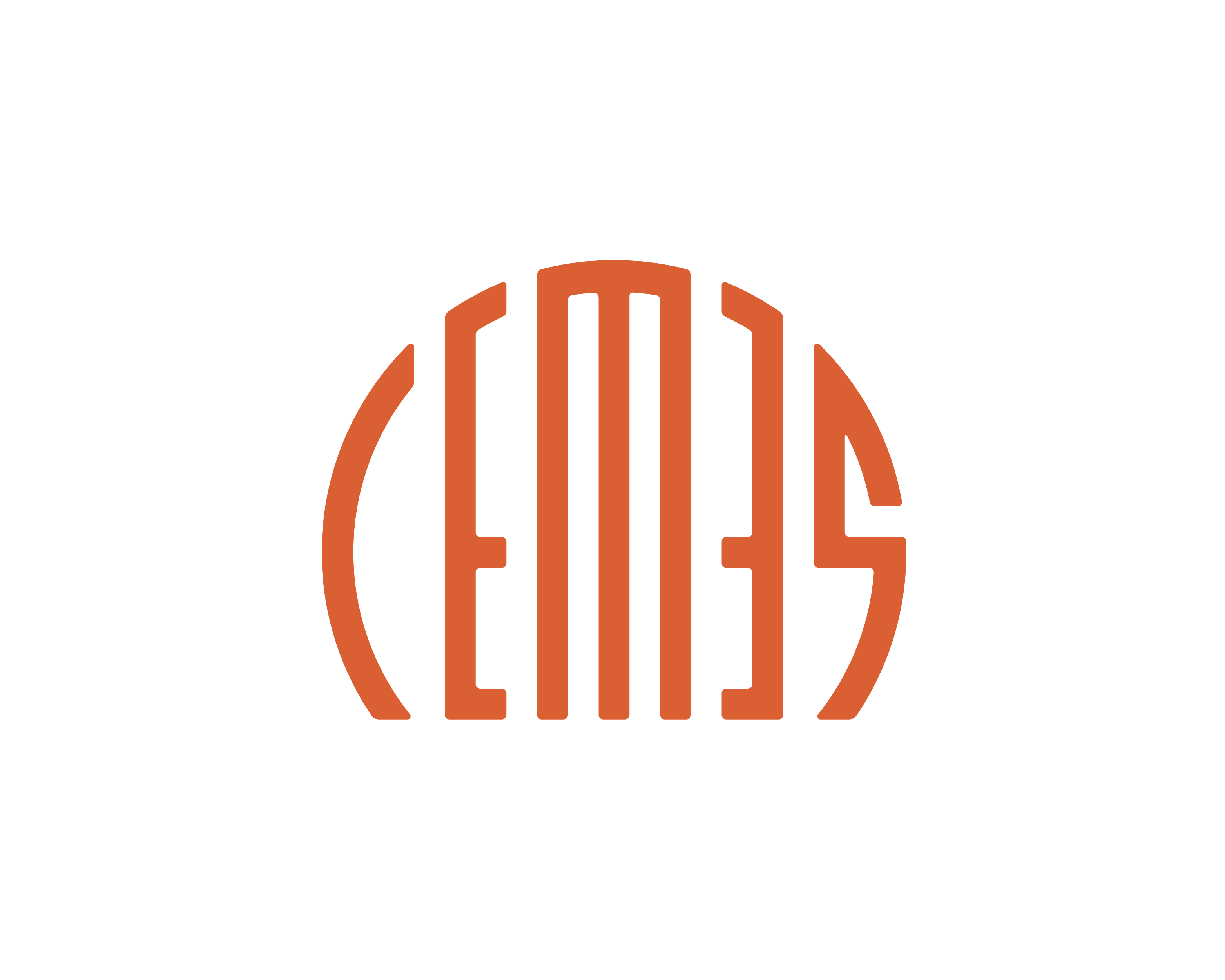Microstructure and mechanical properties of aluminium alloys collected on Heritage aircraft
MATERIAL AND SURFACE SCIENCE

Lab: CEMES
Duration: NanoX master Internship (8 months part-time in-lab immersion)
Latest starting date: 11/10/2021
Localisation: CEMES-CNRS (primary location)
29 rue Jeanne Marvig, 31055 Toulouse Cedex 4
In collaboration with:
CIRIMAT-ENSIACET (secondary location)
4 allée Emile Monso BP44362 31030 Toulouse cedex 4
Supervisors:
Magali BRUNET, Researcher magali.brunet@cemes.fr
Benoît MALARD, Researcher - Assisant Professor benoit.malard@toulouse-inp.fr
Work package:
The context of this Master's research project is the study of old aluminium alloys and their development for aeronautics in the early 20th century. During this period, the use of aluminium alloys in aircraft structures became widespread and the development of military air forces have greatly stimulated research and development in the field of aviation of European nations and the United States.
In order to acquire a better knowledge of the aluminium alloys used in four different nations, i.e. France, Germany, the United Kingdom and the USA, our team study the materials collected from crashed World War II aircraft. Their chemical composition, designations, microstructure and mechanical properties are investigated. This brings insights to historical information, such as assessing the performance of alloys developed by a nation at a certain time and through this the technological know-how of this nation.
On the other hand, studying old aircraft parts is a unique chance to see how the aluminum alloys have aged under various conditions (temperature, moisture) and over several decades.
The investigation of mechanical properties usually requires a certain amount of material to be available, for cutting specimens. On the crashed aircraft, not only the parts are small or sometimes distorted limiting thus the amount of material available, but these archaeological parts are Cultural Heritage artefacts, aimed to be conserved. Very low invasivity analysis are thus prefered.
Microtensile testing [1] has proved to accurately and effectively probe the mechanical properties of materials on the local level. A tensile machine was acquired to test millimeter size samples. We propose to study samples extracted from these wrecks, test their mechanical properties, and analyze their microstructure using advanced microscopy tools such as Scanning Electron Microscopy and Transmission Electron Microscopy. The Master student will be in charge of the tensile tests (adapting the tensile equipment to millimeter size samples) and the characterization of the samples before and after the tests. Crystallographic mapping will be performed using Electron Back Scattered Diffraction to see how the texture may have an influence on the mechanical properties. Correlation images method should be developed. In-situ tensile test in the SEM (Helios Nanolab) will be performed once the methodology is set-up.
[1] S. Nimer, J. Wol and M. Zupan, Adv. Eng. Mater., 2013, 15
References:
-M. Brunet, B. Malard, N. Ratel-Ramond, Ch. Deshayes, B. Warot-Fonrose, Ph. Sciau and J. Douin, Comparison of long-term natural aging to artificial aging in Duralumin, Proceedings of the 17th Conference on Aluminum Alloys, ICAA17, MATEC Web Conf., Volume 326 (2020) 04007.
-M. Brunet, A. Cochard, C. Deshayes, C. Brouca-Cabarrecq, L. Robbiola, J.-M. Olivier, Ph. Sciau Study of Post-World War II French Aeronautical Aluminium Alloy and Coatings: Historical and Materials Science Approach. Studies in Conservation, Vol.65, Issue 2, p.103-117, 2020.
-M. Brunet, B. Malard, N. Ratel-Ramond, Ch. Deshayes, S. Joulié, B. Warot-Fonrose, Ph. Sciau, J. Douin, F. De Geuser, A. Deschamps. Precipitation in original Duralumin A-U4G versus modern 2017A alloy. Materialia, 2019, 8, pp.100429.
Areas of expertise:
Aluminium alloys, metallurgy, tensile tests, electron microscopy, microstructure
Required skills for the internship:
The student should have a background in physics and materials science, with knowledge on metallurgy. Having experience in SEM techniques is a plus.
Moreover, the student should be dynamic, autonomous, and taking initiative.
